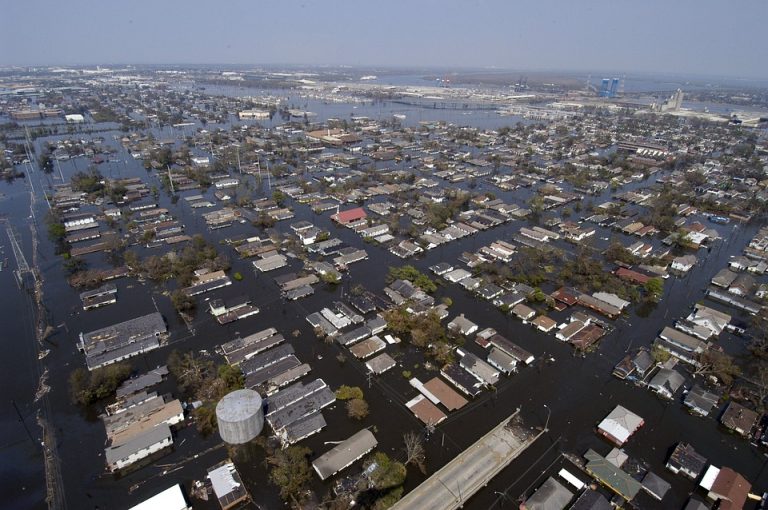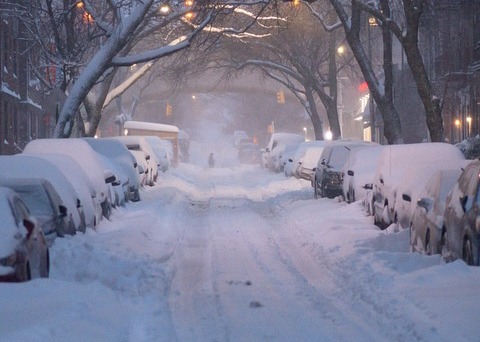In a world where natural disasters, pandemics, and unexpected emergencies are becoming increasingly common, being prepared for the unexpected is more critical than ever. One essential aspect of emergency preparedness is ensuring you have a safe and secure shelter. Whether you are facing a hurricane, a wildfire, a power outage, or any other crisis, having a reliable shelter can make a world of difference in your ability to weather the storm – literally and figuratively. In this article, we’ll explore why shelter is a crucial part of emergency preparedness and offer some valuable tips for ensuring you have a secure place to turn to when disaster strikes.
Why Shelter Matters

- Protection from the Elements: Shelter provides a barrier between you and the harsh elements of nature. It shields you from rain, snow, extreme temperatures, strong winds, and other weather-related dangers. When a disaster strikes, the last thing you want is to be exposed to these elements.
- Safety and Security: Shelter offers physical protection from threats like falling debris, flying projectiles, and potential hazards associated with emergencies. It also provides a sense of security, reducing stress and anxiety during a crisis.
- Comfort and Well-Being: A well-prepared shelter ensures you have essential amenities like food, water, warmth, and sanitation facilities. These are critical for maintaining your physical and mental well-being during an emergency.
- A Base for Recovery: After a disaster, your shelter can serve as a base for recovery. It can allow you to regroup, assess the situation, and plan your next steps. It’s the anchor you need to begin the process of rebuilding your life.
Tips for Shelter Preparedness
- Emergency Kit: Assemble an emergency kit that includes essential supplies such as non-perishable food, bottled water, a flashlight, batteries, a first-aid kit, blankets, and important documents. Store this kit in your shelter location for easy access during emergencies.
- Shelter Options: Identify multiple shelter options in advance. These could include your home, a designated emergency shelter, the home of a friend or family member, or even a well-equipped vehicle. Each option should be evaluated for its suitability depending on the type of emergency.
- Reinforce Your Home: If you plan to shelter in place, reinforce your home against potential threats like earthquakes, hurricanes, or wildfires. Install storm shutters, secure heavy furniture, and ensure your home is well-insulated for extreme temperatures.
- Communication: Establish a communication plan with your family or household members. Ensure everyone knows the designated shelter location and how to contact each other in case of separation during an emergency.
- Stay Informed: Stay informed about potential threats and emergencies in your area through reliable sources like weather apps, emergency alerts, and local authorities. Knowledge of impending disasters can help you make timely decisions regarding shelter.
- Evacuation Plans: If your primary shelter becomes unsafe or is compromised, have an evacuation plan in place. Know the nearest evacuation routes and have a go-bag ready with essential items for a quick exit.
- Practice Drills: Regularly conduct emergency drills with your family or household members to ensure everyone knows their roles during a crisis. Practice setting up your shelter, using emergency equipment, and communicating effectively.
Conclusion
Shelter is not just a roof over your head; it’s a cornerstone of your emergency preparedness strategy. Having a secure and well-equipped shelter can mean the difference between survival and vulnerability during a disaster. By following the tips outlined in this article, you can ensure that you are better prepared to face the unexpected with confidence and resilience. Remember, in times of crisis, a shelter you can rely on is a sanctuary for hope and recovery.



